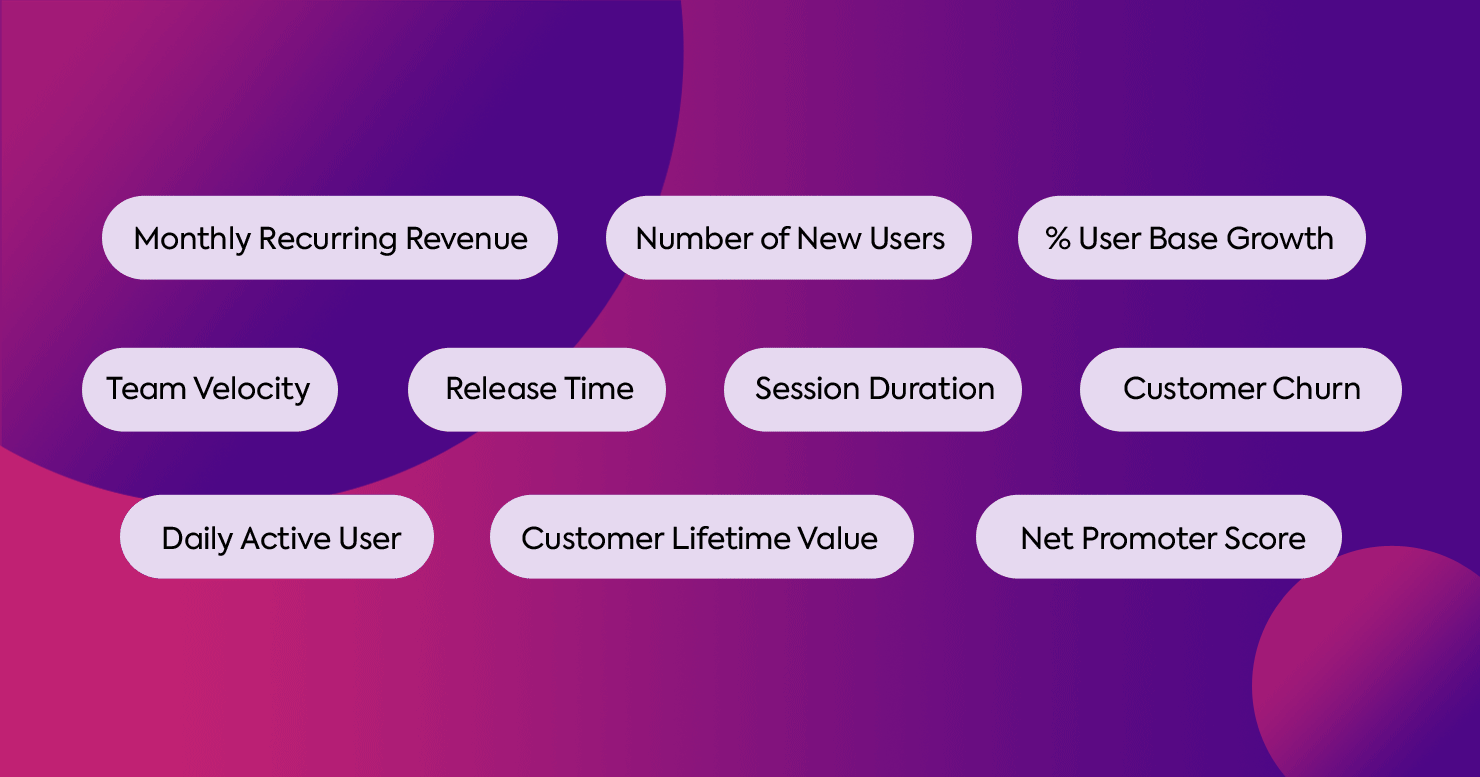The Worlds Most Flexible Strategy Plaform Strategy Articles

How to Build a Business Growth Strategy
To tackle the challenges that come with building a successful strategy for organizational growth, it’s essential to start by knowing how to build a business growth strategy effectively.

Leadership Alignment: How to Get Your Top Team Aligned Around the Strategy
Practical ways to ensure your leadership team are firmly on the same page and fully aligned around your strategic plan, to drive execution and ensure results 👯♀️

Advanced Tips on how to Leverage SWOT for a Growth Strategy
SWOT analysis is a well known strategy tool – probably the first strategy tool most people come into contact with without realizing its to do with strategic analysis.

12 Steps to Effectively Communicate Your Strategy
How to kick-start your strategy execution by communicating the plan to your people so that everyone gets on board 🚀

OKR Meaning: What Are ‘Objectives and Key Results?’
This ultimate guide will help you understand everything you need to know about OKR – meaning, benefits, and several examples. 📈

Ansoff Matrix Video Guide
A video guide to the Ansoff Matrix, possibly the fastest way to understand the different strategic options for your business and develop ideas to power your growth 💡

What a Chief Strategy Officer Is and Why You Need One
We look at the rise of the CSO, the key responsibilities of the role and why it can be such a pivotal position to drive business success 🦸♀️
Improve your knowledge
Thoughts and ideas for your inbox ...
By subscribing up you are agreeing to the terms of our privacy policy

How to create a Charity Fundraising Strategy
We take a look at how you create your charity fundraising strategy… ❤️

6 Problems That Stop Team Alignment and How to Fix Them
Learn the common barriers to effective team alignment, so you know what needs to change to get everyone working together and driving the business forward 👯♂️

Edward Whiting, Director of Strategy at Wellcome
We talk to the Director of Strategy for The Wellcome Trust… 🗣️

Foundations of Strategy: A Summary
We look at the key lessons to be learnt from one of the best business school textbooks on strategy and strategic management 🤓

Introduction to SWOT Analysis
A look at arguably the most famous strategic analysis tool – the SWOT Analysis 📝

What Is Strategy? Your Ultimate Guide to Building a Winning Plan
Strategy tends to mean different things to different people. It’s quite nebulous – ask 10 people, get 10 answers. Yet, all successful businesses have a strategy, and every organization needs one. In this blog post, we’re going to answer the question “what is strategy?” and then we’ll explore its elements, characteristics of good and bad strategy, and how to develop a winning strategic plan.

Time Management Masterclass: Finding Space for Strategy
Top time management tips, tools and strategies from a Visiting Professor of Innovation and former senior IT leader. How to free up time for strategic thinking ⏱

Becoming a Leader: The Complete List of Leadership Skills
A leadership masterclass from an expert leader. Understand the core skills and attributes to develop to be the best leader you can be 💪

OKRs vs KPIs: What’s the difference and which should you use?
What you need to know about OKRs vs KPIs – how they’re different, when to use each & how they can work together 📈

Strategy That Works: A Summary
We outline the key lessons to be learned about closing the execution gap, from one of the best-selling books on strategy 📚

Ultimate Guide to Vision Statements
Everything you need to know about Vision statements in one place… 👁️

Why No One Knows the Company Strategy and What To Do About It
Research shows that most people do not know their company strategy. Here’s how to make sure that doesn’t happen in your business 🤷🏽♀️

Leading Change: A Summary
A breakdown of the key lessons from one of the best-selling books on how to successfully implement strategic change 🧭




